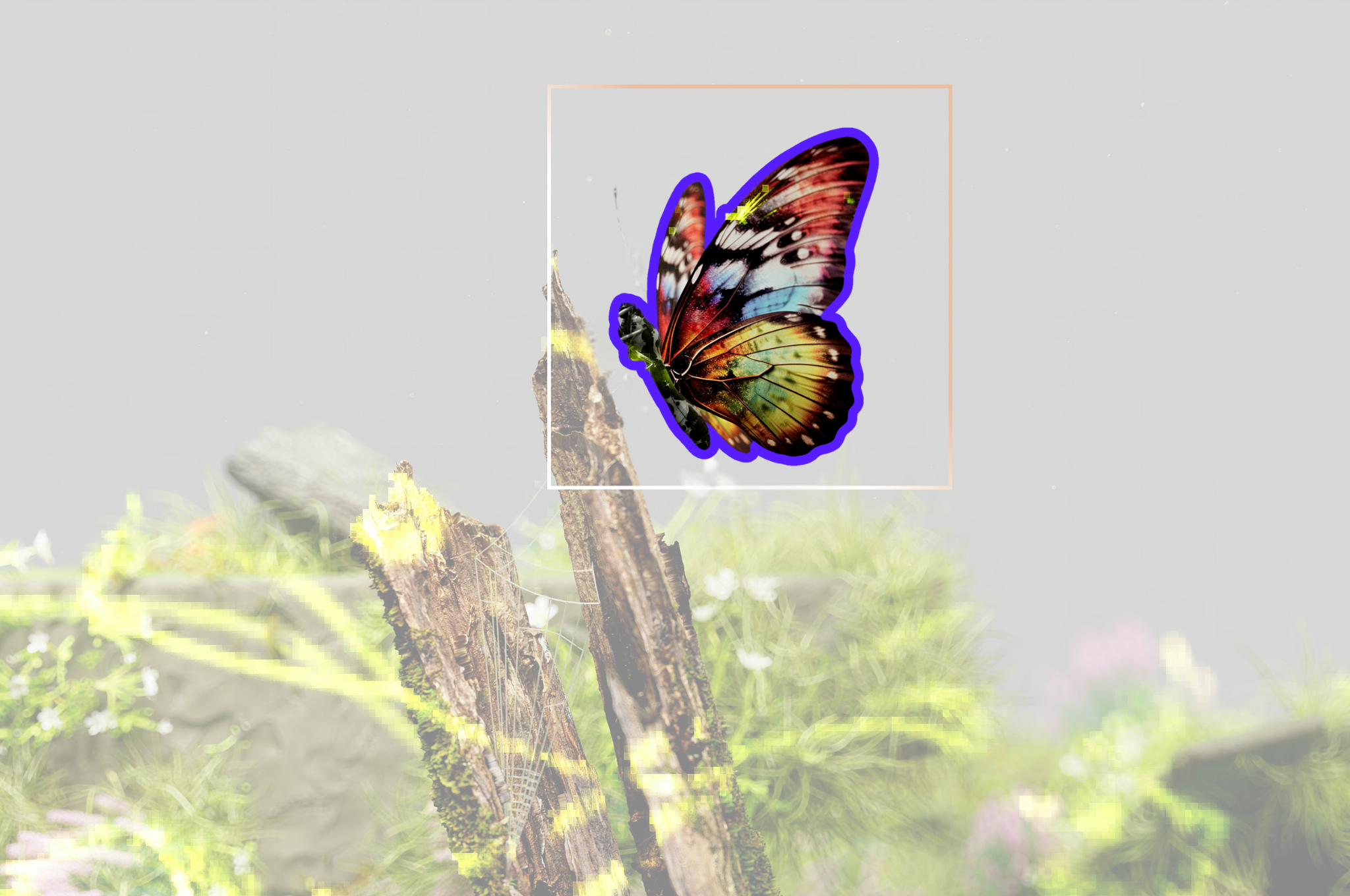Emergence and Complex Adaptive Systems in Communication Strategy
Why Thinking in Systems Is the Future of Strategic Communication
Communications professionals are no strangers to complexity. Whether you’re launching a brand, managing public perception, or shaping thought leadership, you’re often working in dynamic, unpredictable environments.
That’s why understanding complex adaptive systems (CAS) and the principle of emergence can fundamentally shift the way you approach strategy. These aren’t abstract scientific terms. They’re increasingly vital frameworks for navigating the reality of modern communication: interconnected, non-linear, and constantly evolving.
What Are Complex Adaptive Systems in Communication?
A complex adaptive system is one where many independent agents interact, learn, and evolve together. In nature, it’s an ecosystem. In business, it’s a market. In communication? It’s your entire messaging environment — audiences, platforms, context, feedback loops — interacting in unpredictable ways.
For example: a carefully crafted brand announcement may spark thoughtful engagement on LinkedIn, spiral into satire on Twitter, and inspire entirely new user-generated content on TikTok. The message adapts as it travels.
Understanding CAS means moving beyond “target audiences” and “content calendars” and beginning to see your brand as part of a living, responsive system.
What Is Emergence in Messaging and Media?
Emergence is what happens when the interactions within a system produce outcomes greater than the sum of their parts — outcomes you often can’t predict.
You’ve seen this in action:
A meme from a brand tweet that goes viral far beyond its intended message
A grassroots campaign that coalesces from a vague positioning statement
A surprising but powerful uptake of a brand value in a new cultural moment
You didn’t script those outcomes. But you did create the conditions for them to emerge.
When you understand emergence, you stop trying to control the message, and start designing for participation, for resonance, for evolution.
Why Systems Thinking Matters in Modern Communication
Treating communication as a system — rather than a top-down distribution channel — unlocks new intelligence.
It allows you to:
Anticipate nonlinear responses
Design for adaptability, not just alignment
Notice the early signals of audience drift, saturation, or momentum
Respond with contextual nuance rather than canned messaging
It also helps you get out of the “loud = effective” trap. In a complex system, the most meaningful impact often happens in the subtle shifts: the quiet reframing, the deeper alignment, the resonant moment that spreads by itself.
Designing with Emergence in Mind: Practical Steps
Strategic creativity in a CAS environment means working with the system, not against it. Start here:
1. Map Your Messaging Ecosystem
List your audiences, platforms, channels, key narratives, feedback mechanisms, and constraints. Then draw connections. Where does flow happen? Where does tension build? Where are you repeating old scripts?
2. Look for Leverage Points
Small shifts in tone, timing, or delivery format can create ripple effects. Try:
Reframing language in your value prop
Introducing more permeability between platforms
Naming unspoken truths your audience already feels
3. Build Feedback Loops
Engagement isn’t vanity, it’s data. Create intentional ways to listen, adapt, and show that adaptation in public. That’s how trust emerges.
What Communications Can Learn from Nature, Improv, and Networked Thinking
This isn’t just theory. It’s modeled all around us.
In nature, CAS explains how ant colonies self-organize or how forests share resources through underground fungi networks.
In improv, emergence is the whole point: "Yes, and" leads to outcomes no one could script alone.
In communications, this might look like adaptive brand storytelling (content that evolves through audience co-creation).
The lesson: control isn’t where the power lies. The magic is in designing for emergence — and then stepping back to let it unfold.
Conclusion: Communicating for Complexity
Emergence and complex adaptive systems aren’t trends. They’re reality. And communicators who understand how to work inside complexity — not oversimplify it — will build brands that are far more resilient, relatable, and future-ready.
If you’re seeing more nuance in your audience, more unpredictability in your messaging outcomes, and more pressure to adapt in real time: that’s not failure. That’s the system showing you it’s alive.
Lean into it. Build for it. Let your communication strategy be just structured enough to hold emergence, and flexible enough to let it lead.
Understanding how complex adaptive systems impact brand storytelling can help communicators create messaging that evolves with their audience. Emergence is no longer a fringe idea—it’s a foundational principle for strategic visibility in an interconnected world.
If you're building a brand in motion, explore our guides to core messaging and audience engagement to design smarter, more responsive content strategies.

